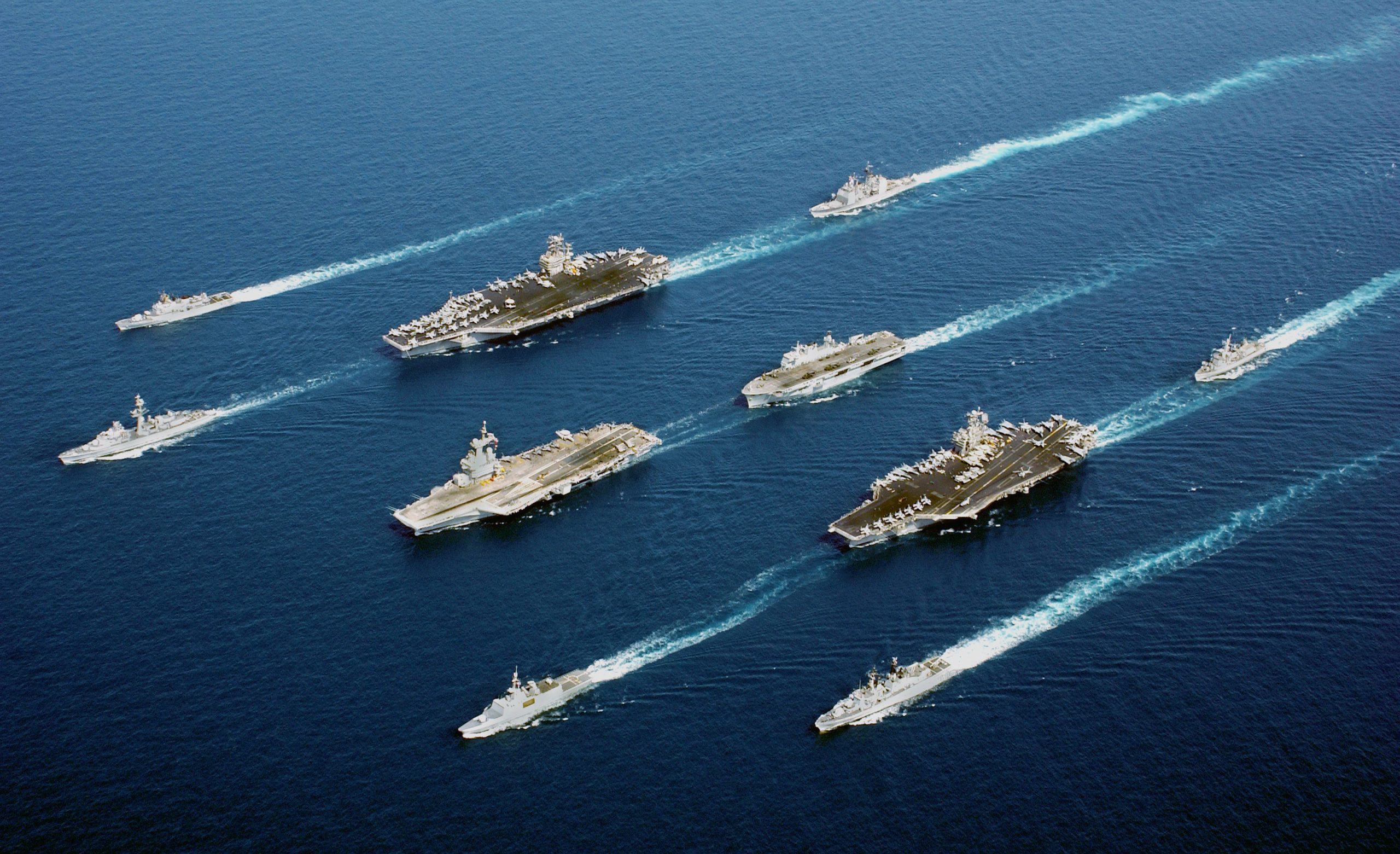The U.S. Navy is poised to deploy five new aircraft carriers, signaling a significant strategic move in response to China’s assertiveness.

New U.S. Navy Aircraft Carrier Surge: 5 Deployments Amid Rising Indo-Pacific Tensions (Photo from: Wikipedia)
New U.S. Navy Aircraft Carrier Deployments
To counter Indo-Pacific tensions, the U.S. Navy deployed five additional aircraft carriers, escalating its presence in China’s sphere of influence. Beijing is deterred by these deployments, and regional allies and partners are supported. As China asserts itself in the South China Sea and Taiwan, the U.S. Navy has increased its Indo-Pacific presence through a series of operations.
Currently, the USS Carl Vinson, USS Theodore Roosevelt, USS Ronald Reagan, USS Abraham Lincoln, and USS George Washington are either actively deployed or preparing to join operations in the region, underlining the U.S. commitment to maintaining stability and security.
These deployments underscore the significance of aircraft carriers in projecting U.S. power and influence, showcasing the Navy’s readiness to confront emerging threats and navigate geopolitical complexities in the Indo-Pacific.
READ ALSO: China And Russia’s Divergent Paths: Threatening US Interests In Latin America And The Caribbean
Strategic Implications and Challenges
The surge in new U.S. Navy aircraft carrier deployments presents both strategic opportunities and challenges in the evolving dynamics of Indo-PacifiLocal News inc security.
As tensions escalate between the United States and China, the deployment of additional aircraft carriers enhances America’s ability to assert its interests and reassure allies, thereby deterring potential aggression in the region.
However, the presence of aircraft carriers also exposes them to emerging threats, including advanced hypersonic missiles, highlighting the need for continued innovation and adaptation in naval warfare strategies.
READ ALSO: Future Of U.S.-China Relations: Navigating Uncertainty Amidst Global Shifts
















































